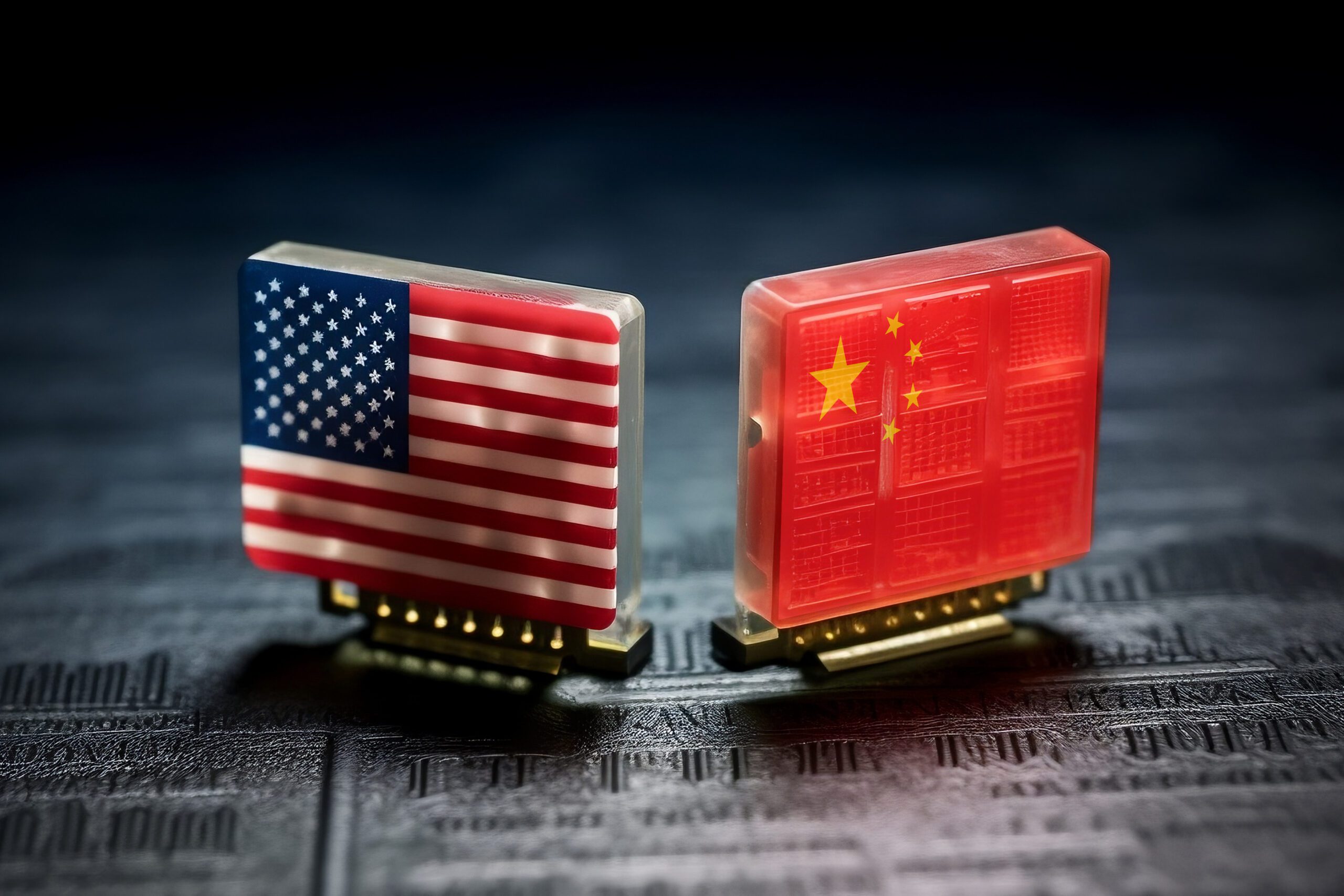Products You May Like
As the United States Senate debates a tax deal that would (among other things) restore neutral taxA tax is a mandatory payment or charge collected by local, state, and national governments from individuals or businesses to cover the costs of general government services, goods, and activities.
treatment for most research and development (R&D) expenses, the People’s Republic of China (PRC) has adopted an aggressive policy to subsidize R&D investment. While copying this approach is ill-advised, the PRC’s policy regime puts the U.S. at even more of a disadvantage if the U.S. does not fix its own R&D tax system.
A normal corporate income taxA corporate income tax (CIT) is levied by federal and state governments on business profits. Many companies are not subject to the CIT because they are taxed as pass-through businesses, with income reportable under the individual income tax.
is levied on corporate profits—namely, revenues minus costs. Accordingly, companies ought to be able to deduct all their expenses (including R&D costs) when calculating their tax liability. Thanks to an ill-considered provision of the Tax Cuts and Jobs Act, U.S. companies are not able to deduct the full value of their R&D investments. Instead, they are required to amortize (spread deductions out) over the course of five years for domestic R&D and 15 years for foreign R&D. Thanks to inflationInflation is when the general price of goods and services increases across the economy, reducing the purchasing power of a currency and the value of certain assets. The same paycheck covers less goods, services, and bills. It is sometimes referred to as a “hidden tax,” as it leaves taxpayers less well-off due to higher costs and “bracket creep,” while increasing the government’s spending power.
and opportunity cost, the delays mean U.S. firms are only able to deduct roughly 89 percent of their R&D costs in real terms—and even less if inflation is above 2 percent.
Conversely, China has pursued a policy known as a super deduction, which allows companies to deduct more than 100 percent of their R&D costs. And in 2023, the Chinese expanded their super deduction from 175 percent of R&D costs to 200 percent of R&D costs for most businesses. This amounts to a large subsidy. While China is not the only country to pursue such a policy—most OECD countries provide some form of subsidy for R&D investment, the United States included—the Chinese super deduction is particularly large, and it is not the only R&D tax subsidy in China either.
Despite the heavy subsidies, China has not overtaken the United States in terms of R&D investment. According to the National Science Foundation, the U.S. still outperforms China both in terms of total R&D conducted and R&D as a share of total economic activity. In 2019, for instance, the U.S. spent $668 billion on R&D, which accounted for 3.1 percent of GDP. The same year, China spent $526 billion (in purchasing power parity-adjusted dollars) in R&D, or 2.2 percent of its GDP. However, China has reduced the gap with the U.S. in recent decades—in 2004, China spent roughly 1.2 percent of GDP on R&D, while the U.S. spent around 2.5 percent of GDP on R&D.
The U.S. should not necessarily emulate China’s super deduction policy. One risk with such a generous subsidy for R&D is a shift in expense classification. The goal of tax subsidies for R&D is to generate new, real R&D activity, but firms might also reclassify non-R&D expenses as R&D to juice the amount of expenses eligible for the subsidy. Alternatively, the subsidy could end up simply boosting the salaries of already-employed researchers, rather than increasing real research activity. Evidence on these points in the case of China’s super deduction is mixed so far.
Nonetheless, penalizing R&D when China has moved to subsidize it so aggressively is a real concern. While many factors influence business R&D investment in the U.S., it has lagged as of late. In 2023, private investment in R&D only grew by 0.8 percent, while overall business investment grew by 4.4 percent—the slowest annual growth in R&D investment since 2012.
The tax deal’s approach to R&D amortization is incomplete, as it reinstates R&D expensing for only two years and for only domestic R&D. Currently, foreign R&D expenses must be amortized over 15 years and the bill would retain that long cost recoveryCost recovery is the ability of businesses to recover (deduct) the costs of their investments. It plays an important role in defining a business’ tax base and can impact investment decisions. When businesses cannot fully deduct capital expenditures, they spend less on capital, which reduces worker’s productivity and wages.
schedule. Ideally, the tax deal would restore full expensingFull expensing allows businesses to immediately deduct the full cost of certain investments in new or improved technology, equipment, or buildings. It alleviates a bias in the tax code and incentivizes companies to invest more, which, in the long run, raises worker productivity, boosts wages, and creates more jobs.
for U.S. companies’ foreign R&D investment as well. Outbound U.S. investment in R&D benefits domestic workers in many ways, including by expanding market access and raising the productivity of domestic workers. Maintaining a bias against outbound foreign direct investment also places U.S. companies at a disadvantage when competing with foreign firms for foreign investment opportunities. It’s in the interest of U.S. workers for U.S. firms to succeed on the world stage—ultimately, both types of R&D investment are complementary and it makes little sense to penalize outbound R&D investment in the U.S. tax code.
Though providing permanent R&D expensing alone would not be a China-competition magic bullet, it is a no-brainer place to start. In this technological race, we should first make sure we have not tied our own shoes together.
Stay informed on the tax policies impacting you.
Subscribe to get insights from our trusted experts delivered straight to your inbox.
Share
